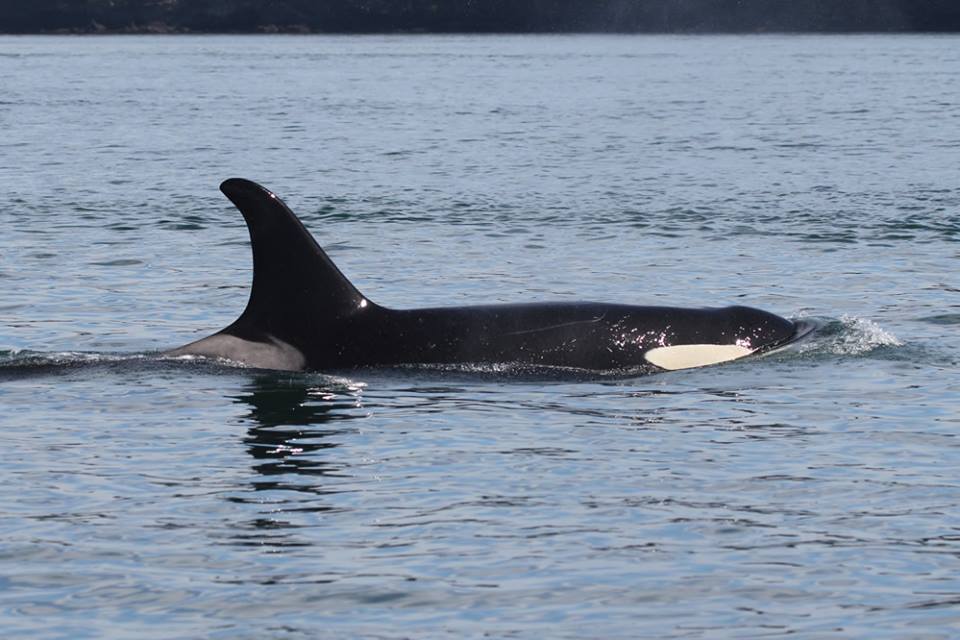An endangered southern resident killer whale (SRKW) that researchers fear could die by this summer has been spotted alive and in slightly better condition than expected.

J17, a member of the J-pod, is one of just six dozen orcas remaining in the SRKW population.
WATCH: Scientists warn two southern resident orcas could soon die

In December, the Centre for Whale Research warned that the 42-year-old female had become so emaciated that she had developed “peanut head,” a misshapen head and neck caused by starvation.
J50, the SRKW that died last fall after an international attempt by scientists to diagnose and treat her for parasitic worms, also developed peanut head before her death.

Get daily National news
On Monday, the Centre for Whale Research said J17 had been spotted last week and even appeared to be in slightly better health than before.
“J17 was still alive and had even improved a little in body condition since December/January,” said the organization in a report on the March 22 sighting.
“However, her breath still smelled awful so the CWR will remain cautiously optimistic that she will survive.”
WATCH: Newborn orca seen swimming with southern resident killer whales

Losing J17 — like J50 in 2018 — would further threaten the declining SRKW population because she is a female of breeding age.
A new calf was born to the SRKW K-pod in January, however researchers have warned that southern residents have not had a calf successfully reach maturity in three years.
There are just 74 southern residents remaining, 75 if the new calf survives.
As of January, orcas in the K- and J-pods were also believed to be pregnant, however there have been no other reports of calf births since then.








Comments